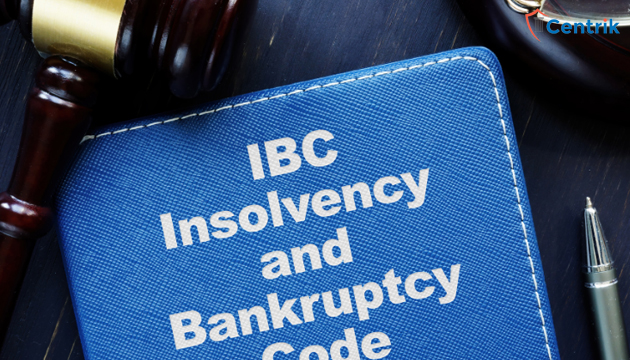
There is no specific threshold limit for the NCLT Delhi under the IBC 2016. The IBC provides that a financial creditor, operational creditor, or the corporate debtor itself can initiate the insolvency resolution process with the NCLT.
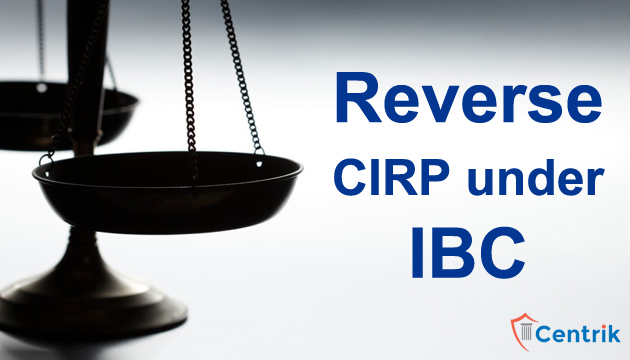
Reverse CIRP is still in an experimentation process and we should wait for more cases in which Reverse CIRP is applied and then observe its effect.
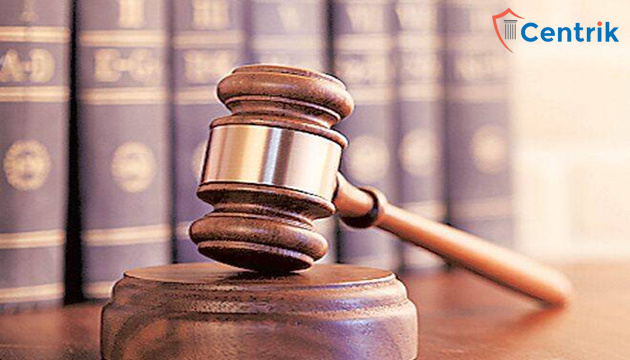
CIRP proceedings under section 7 can be initiated against corporate debtors who are co-borrowers but there can be no double recovery of the same amount from both.
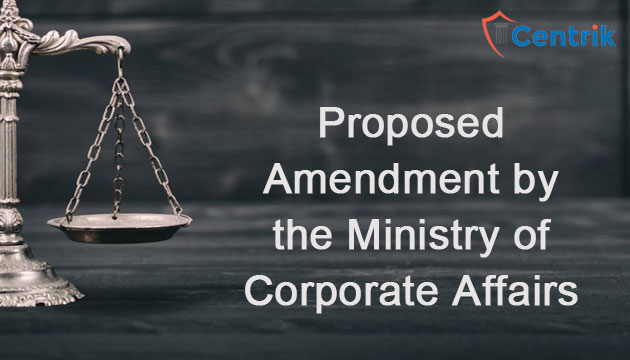
Proposed Amendments in a circular issued on 18.01.2023, the Ministry of Corporate Affairs has proposed numerous changes in IBC.
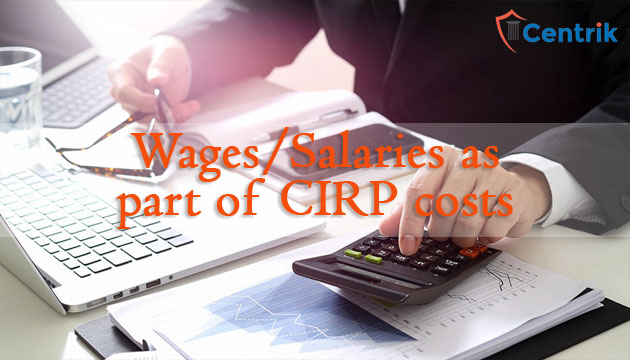
The claims filed/to be submitted by the workers of the appellant must be decided upon and taken into consideration by the Liquidator even if RP has not submitted the claims towards the wages/salaries as part of CIRP costs.
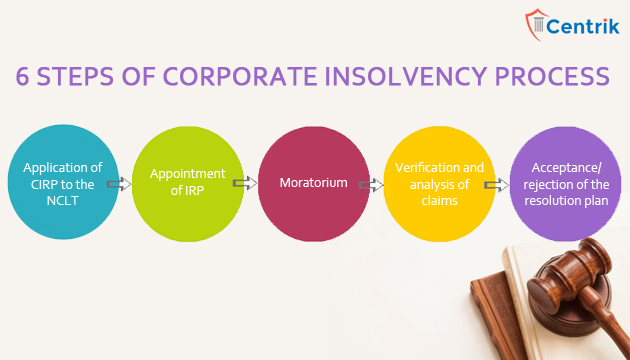
CIRP is a process to determine the capability of repayment of the defaulted corporate. For this purpose, IRPs are appointed. They evaluate the assets and liabilities to determine the capability of repayment.
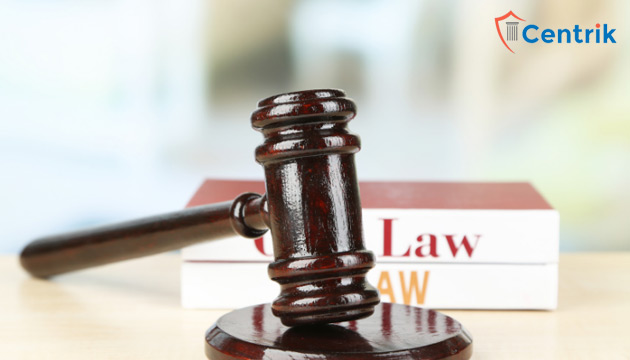
Section 7 of the Code permits a financial creditor to initiate a CIRP procedure against the guarantor being a corporate debtor in accordance with the default committed by the principal borrower.
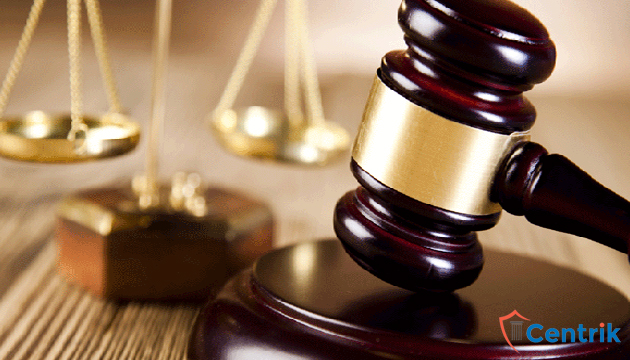
The rationale of the Ordinance is certainly to ensure that Insolvency and Bankruptcy Code, 2016 lives up to its preamble that is – maximization of value of assets. The newly inserted Section 10A certainly brings about a balance of interest between creditors and debtors.

The institution of Insolvency proceedings against DHFL will result in Courts to venture out over new dimensions of prospective rights and liabilities of the financial service providers.

Liquidation of corporate person is considered to be the last resort in order to recover money. When all the plan of resolution have failed and no other way could be adopted then dissolution of company is done.
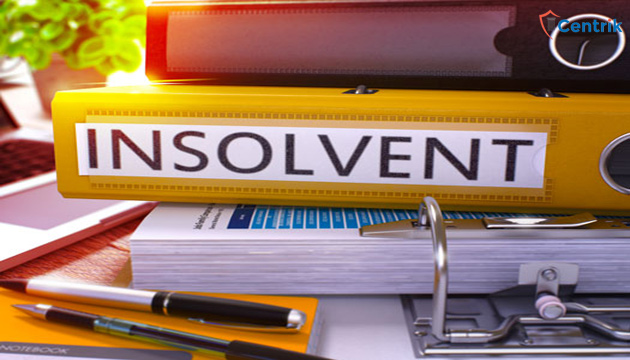
In this article we will discuss about the insolvency process by an Operational Creditor and extensively cover the entire topic in the most precise manner.

Initiation process of Insolvency Resolution by a financial creditor in the easiest possible manner along with the time line that is required to be followed.
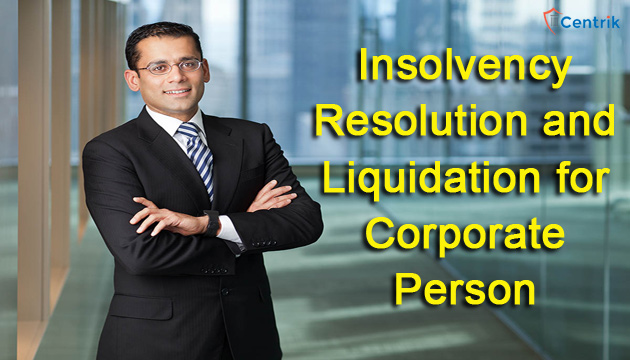
This article discusses about the main components of this Code which forms the base of this very legislation.

In this article we have discussed about liquidation, its initiation, contents and when Adjudicating Authorities can pass an order for it.
Steps taken by the resolution professional (RP) for Alok Industries to recover trade outstanding to the tune of Rs 11,622 crore from 5,293 debtors















 join For Updates
join For Updates